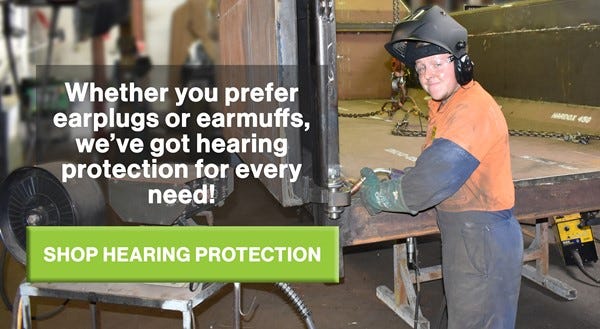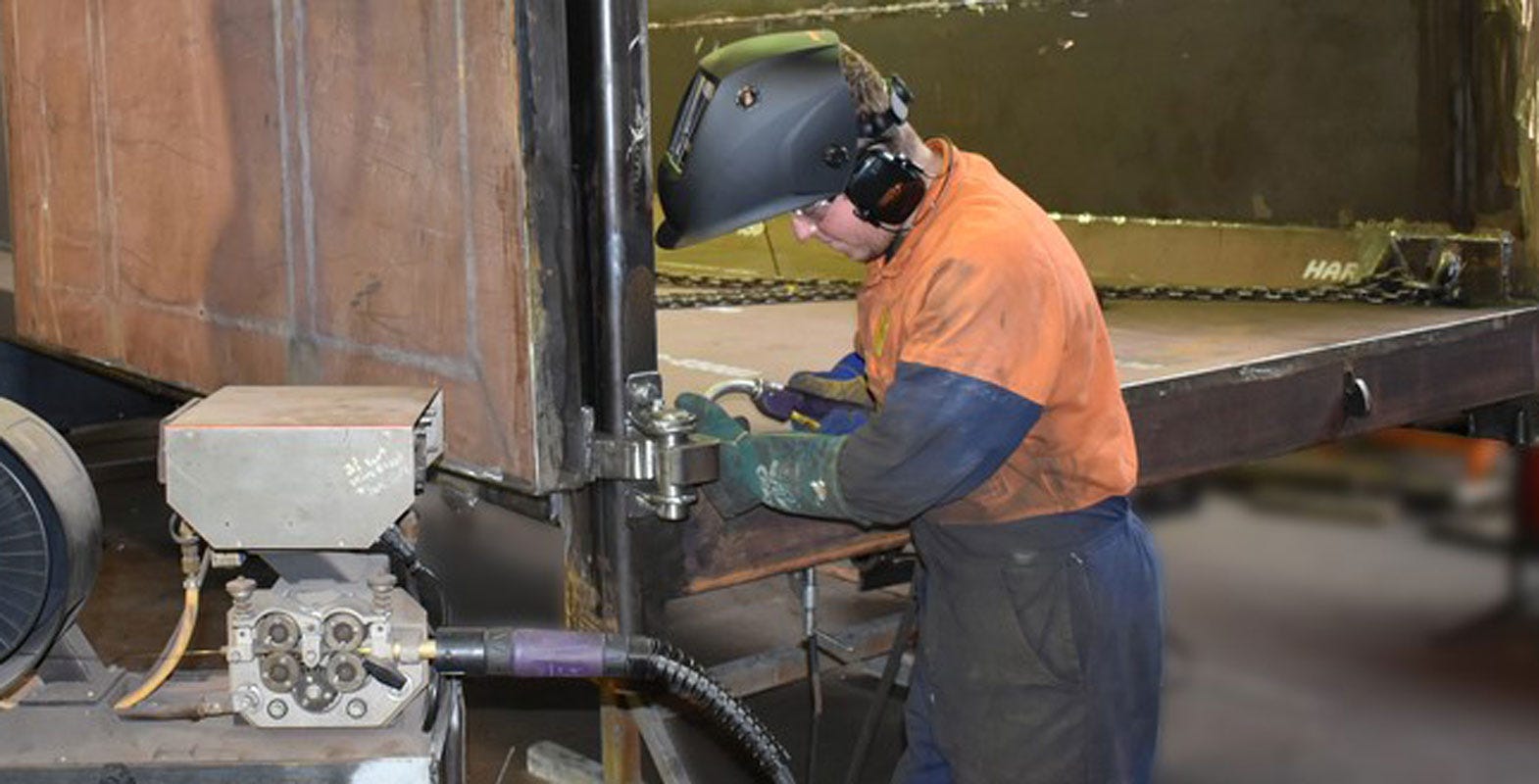How to correctly insert and check earplugs
Earplugs are a must for many people, whether you're working in a noisy environment, or need to block out noise to get to sleep at night. Although earplugs are now available with up to level 5 protection (the highest level of protection for Australian and New Zealand standards), like other equipment, they can only provide that protection if worn correctly. Here's a quick guide to fitting and checking your earplugs.
Important Rules For Using Earplug Hearing Protection
- Always follow all earplug fitting instructions
- Avoid over-protection in low noise environments – it's important to be aware of your surroundings, so you need to be able to communicate with co-workers or hear warning signals on the job. Choose protection suitable for the noise levels in your workshop.
- Check your earplugs before putting them in for dirt, damage or hardness – discard immediately if any of these are found.
- Single-Use earplugs must be discarded after use
- Multiple-Use earplugs can last for 2-4 weeks with proper maintenance - clean them with mild soap/water and store in a case when not being used.
- Clean and replace pods on banded earplugs regularly
Fitting the filters
1. Roll the earplugs
First off, with clean hands you want to start gently rolling your earplug between your fingers, gradually applying more pressure, until the earplug is as narrow as you can get it.
You want to gradually apply the pressure so that the earplug remains smooth while rolling and doesn’t end up with creases or twists which can reduce the effectiveness of the plug once its in your ear.


2. Pull back your ear
Once the plug is compressed as much as possible, with your opposite hand, pull your ear up and back to open up the ear canal.


3. Insert the earplug
Now slide the compressed earplug into your ear as far as is comfortable, and hold the plug for 30-60 seconds until it is fully expanded.
A correctly inserted ear plug should look like this, and you should not be able to see the plug standing front on


Noise Check
To check the effectiveness of your earplugs, once they are inserted, stand in a noisy environment and cup your hands over you ears and release. If the earplugs are inserted correctly, you shouldn’t notice any significant noise difference.


Removing Your Earplugs
To remove the earplugs, simply twist and gently pull them out. For engineering environments, we suggest discarding the earplugs immediately after use and grabbing a clean pair when you start work again.
Click here to download a printable PDF Earplug Fitting Guide
If you’re having trouble finding the earplugs with the right level of protection and comfort, contact us, and we’ll help you find the perfect fit!


 Need assistance?
Need assistance?





